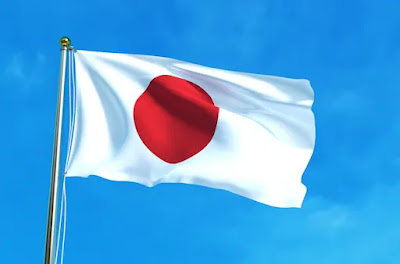JAPAN - From Nuclear Victim To Second Largest Economy | Explained
Japan is one of the most incredible nations of the 21st century. While most of us know Japan as a fully developed, super-fast country. What we don't know is that, Back in the 1940s Japan had every possible obstacle to be titled as 'Most Failed Country'.
They suffered a massive defeat in World War II. Hiroshima Nagasaki bombings had shaken the spirits of the Japanese. They had very less natural resources and the economy was suffering one of the worst setbacks in its history. But within just 23 years something crazy happened and the same country went on to become the second largest economy in the world. Beating giant countries like France, Britain, and even Russia.
Because of this incredible growth of Japan, today it is known as the Economic Miracle of the 20th century. The question is how did this little country go from ruins to becoming the second largest economy in the world? How did they achieve this in spite of having such a small population and very less natural resources?
A Destroyed Country
This is a story that dates way back to 1945. This is when the devastating World War II came to an end with a Japanese suffering a massive defeat in the hands of the Allied powers. If we remember what happened in World War II. For Japan the war ended with the horrific Hiroshima Nagasaki war defeat.
· military forces were disbanded
· leaving 1.3 crore people unemployed
· the factories that supplied arms and goods to military lost business
· per capita GDP of the country dropped by 47% as compared to pre-war period
· and the industrial production reduced by 90 %
· leaving 1.3 crore people unemployed
· the factories that supplied arms and goods to military lost business
· per capita GDP of the country dropped by 47% as compared to pre-war period
· and the industrial production reduced by 90 %
As a result, there was Hunger starvation and poverty all around the country. But this is when the U.S Occupied Japan and empowered the government to revamp the economy. Therefore, Japan became an instrument for U.S to control in Asia. So as soon as they came in, Japan lost their the right to have an army and was allowed to have an army only for self-defense purposes. This was one of the most important moves that changed the face of the Japanese economy.
ROI On Army Vs Education
Well if we look at defense in terms of return on investment, we will see that the government has to spend 10 lakh Rupees per Soldier per year only to
- train him
- pay him and
- feed him
- pay him and
- feed him
But at the same 10 lakh Rupees is invested into educating an engineer, he'll be producing an income for the government by paying taxes.
Now multiply this number by 10 lakh soldiers versus 10 lakh engineers. And we will see that it translates into a billion-dollar impact on the economy of the country.
Now note that, I am not saying that soldiers are useless. I am stating a fundamental fact that military spending although necessary leads to an enormous burden on the economy of the country.
Now multiply this number by 10 lakh soldiers versus 10 lakh engineers. And we will see that it translates into a billion-dollar impact on the economy of the country.
Now note that, I am not saying that soldiers are useless. I am stating a fundamental fact that military spending although necessary leads to an enormous burden on the economy of the country.
Especially in a country like Japan during the post-war period. In this case the military spending of Japan became so less that they were practically spending just about one percent of their entire GDP and Military from 1960 all the way to 2018.
This is the Case Study of Japan and Geopolitics game played during and after the world war. Hope you got some insightful knowledge from the case-study.
Thank You!




Comments
Post a Comment